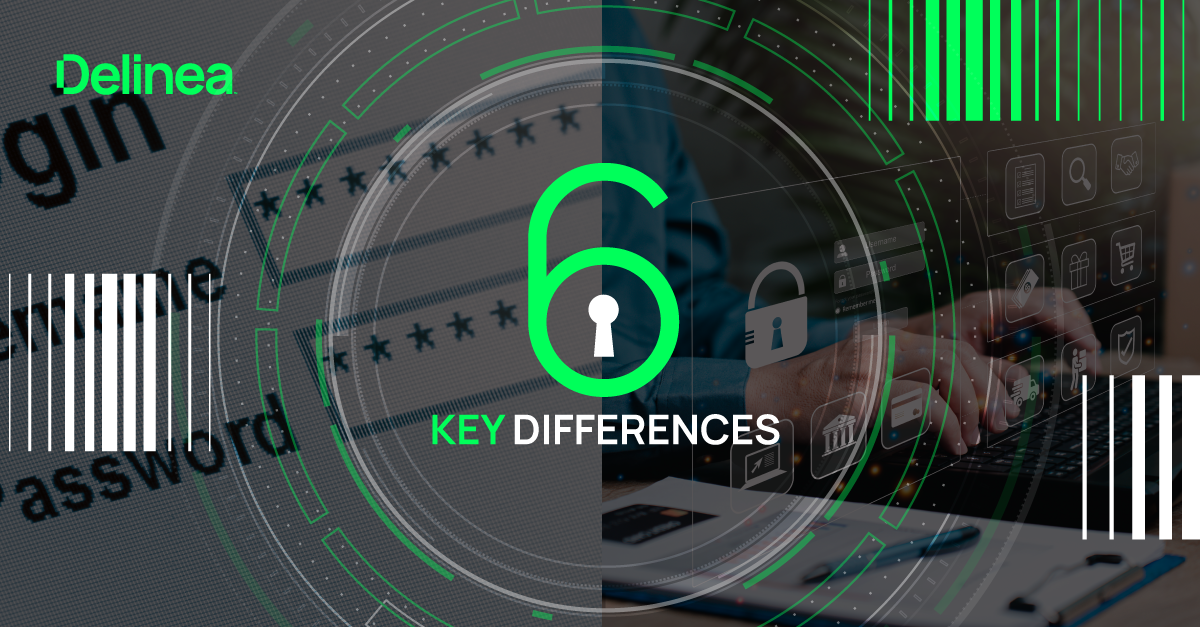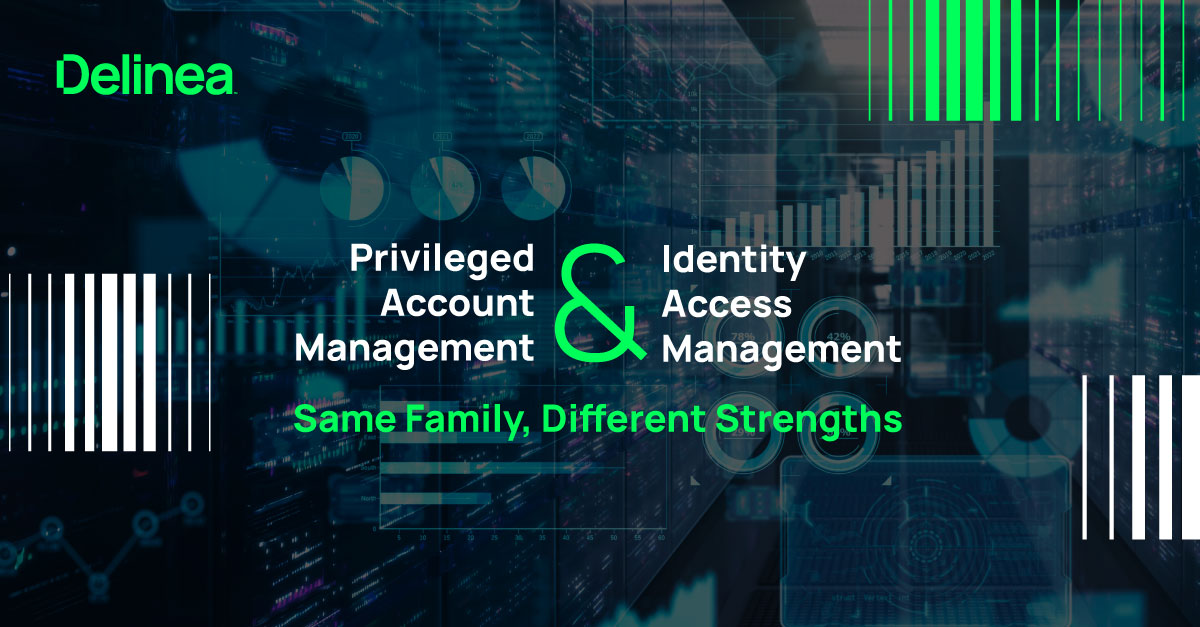What is a Managed Services Provider (MSP), and why switch?
There’s a significant challenge facing organizations of all sizes today. They must find and retain IT staff with yesterday’s IT expertise while also becoming subject matter experts (SMEs) on tomorrow’s technology.
The increasing trend is for organizations of all sizes to shift some or all of their IT staff to an outsourced provider. These teams, from IT operations to developers, are outsourced for many reasons. Internal resources may be too expensive to retain, the job’s complexity might outpace the ability scale, or it could be too tricky to find and retain an SME for every type of platform.
Switching to a Managed Service Provider (MSP) means organizations don’t have to worry about hiring, maintaining, and continuously training IT staff. Outsourcing frees internal IT teams from time-consuming, routine tasks and enables them to focus on strategic initiatives with more business value. Managed Security Service Providers (MSSPs) extend analysis and management to security stack platforms, including IDS/IPS, SIEM, and behavior analytics.
What is an MSP or a Managed Services Provider?
A Managed Services Provider (MSP) is your strategic partner in managing and optimizing IT operations. Think of them as an extension of your team, stepping in to handle the heavy lifting of monitoring, maintaining, and securing your IT systems—so you can focus on driving innovation and growth.
With an MSP, you gain access to a team of IT experts equipped to handle a wide range of services, such as:
- Monitoring and maintaining your network to ensure peak performance.
- Bolstering your cybersecurity to protect sensitive data and comply with regulations.
- Managing cloud infrastructure and applications for seamless scalability.
- Delivering reliable data backup and recovery solutions for peace of mind.
MSPs typically operate on a subscription basis, tailoring their services to meet your unique needs. Whether you’re a growing small business or a large enterprise, an MSP offers a proactive approach to IT—minimizing disruptions and helping your operations run smoothly.
How do MSPs work?
MSPs don’t just fix IT problems—they prevent them. Here’s how:
Custom onboarding: They start by analyzing your IT environment to understand your needs, uncover vulnerabilities, and identify opportunities for improvement. This assessment informs a service plan built just for you.
Proactive monitoring and maintenance: MSPs use advanced tools to monitor your IT systems 24/7. If a potential issue arises, they’re on it—often resolving problems before they can impact your business.
Responsive support: Whether it’s a quick question or a major glitch, MSPs provide help desk services to keep your team productive. Many offer both remote and on-site support, ensuring fast solutions.
Scalability: Need to scale up? MSPs can help you implement the latest technology, expand your IT capabilities, or adapt your infrastructure to keep pace with business demands.
Security first: From implementing robust security measures to staying ahead of compliance requirements, MSPs safeguard your systems against evolving threats so you’re always protected.
The result? Less downtime, fewer headaches, and more time for your team to focus on what they do best. By partnering with an MSP, your IT operations are in capable hands and you can move your business forward with confidence.
MSPs and MSSPs can detect threats and respond quickly to security incidents
MSP and MSSP’s services significantly reduce the risk of downtime, disruption, and compliance problems caused by security breaches. With more knowledge and more advanced tools, they can detect threats and respond quickly to security incidents. Managed service providers offer analysis and support activities that include network, server, system maintenance, administrative tasks, and technical support.
There is, of course, significant risk when handing the keys to an outsourced team. Managed service providers and their staff will likely support a large number of different organizations. However, they rely on the same staff who have direct privileged access to client systems, applications, platforms, infrastructure, SaaS, IaaS, and much more.
Managed service providers are always in the cycle of hiring, training, and retraining staff. So, when an organization contracts and trusts an MSP, there is the expectation that they will demonstrate and meet all compliance mandates.
Challenges of Managed Service Providers
Here’s where it gets interesting
It gets interesting when we talk about how remote access is set up. Any MSP contracted for managed platform support will require administrative or privileged access to every platform in the stack for which they are responsible. How does this transfer of authority take form?
Authentication requires the creation or sharing of usernames, passwords, and access keys. Do MSPs create unique accounts on each platform for each MSP employee who needs access and then remove them when they no longer need it? Of course not, unless stipulated contractually. MSP staff will use a shared account or create one for each platform.
The challenge with shared accounts is that it’s difficult to identify who accessed the system. Audit logs on the platform log account activities, but not who accessed the account. It falls on the MSP to demonstrate that through audits and logs. And what prevents MSP staff from having visual access to sensitive data while performing their duties, not just for one organization, but multiple?
These are humans; they are prone to error. How can you be assured they can’t click a button in error and cause an outage? SaaS, IaaS, SecaaS, and the like have compounded the complexity because the data center no longer resides within a controlled perimeter. It also demands that MSPs hire and retrain, which accelerates the cycling of staff resources.
So, what can be done to address the challenge of securing access when using an outsourced service like an MSP?
An MSP should already follow protocols that enforce security practices such as the zero-trust security model, just-in-time (JIT) access, and least privilege. However, it isn’t easy to do that when not every application, server, service, or platform has enforcement capabilities.
Not everyone working on the same platform needs the same access
Recording sessions will indicate what the connected user did but not who the user was unless they have a unique authenticated account. If there are individual accounts, then the challenge becomes what they can access and what data is visible. Not everyone working on the same platform needs the same access. Introduce separation of duties and provide users access to just the data and controls required to perform their job. Lastly, connectivity will require remote access. Therefore, modern remote access authentication controls should be in place.
The good news is that Delinea has solutions that address these problems in many different ways
Privileged Remote Access (PRA) in the Delinea Platform allows IT teams to manage policy-based access controls for MSPs through a central portal with concurrent licensing to support every environment. PRA eliminates the need for a jump host or an agent either on the user's machine or the target server. By using only a browser, you can establish secure connections via RDP to Windows servers and SSH to Linux servers and network devices. To ensure oversight and compliance, you can audit remote access sessions through scheduled or on-demand activity reports.
A flexible, easy-to-use solution for secure remote access from anywhere strikes the right balance between productivity and central control, without compromising either one. With PRA in the Delinea Platform, MSPs gain access securely and easily through their web browser, using vaulted credentials in Secret Server. There's no need for them to navigate VPNs, or install and maintain SSH clients, or RDP client software, or even remember passwords.
Secure privileged remote access for everyone
Related Reading: Remote Access Service for Secret Server; Launch secure VPN-less browser-based SSH and RDP sessions for remote workers and third parties


